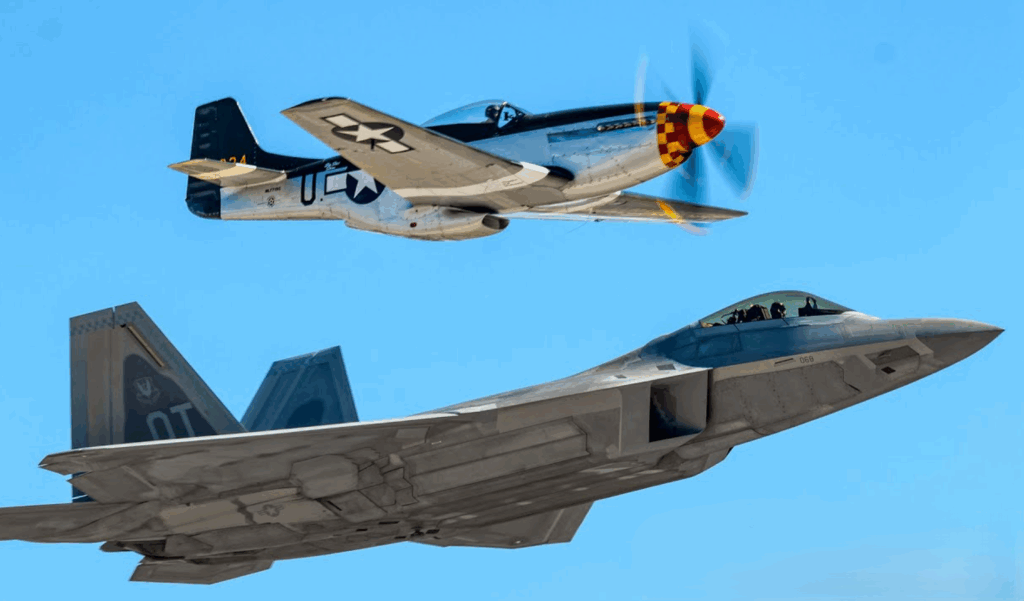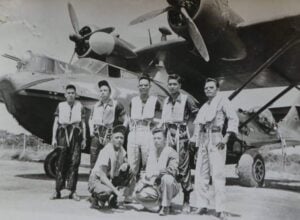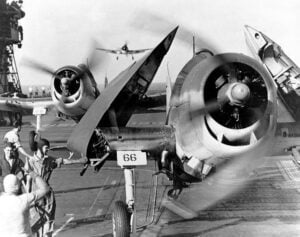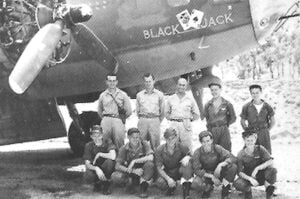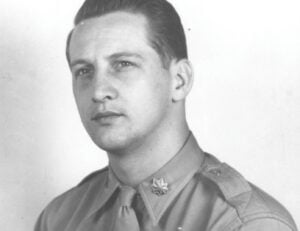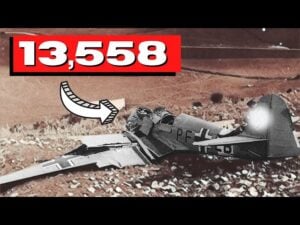Could an F-22 Really Take On 300 WWII Planes?
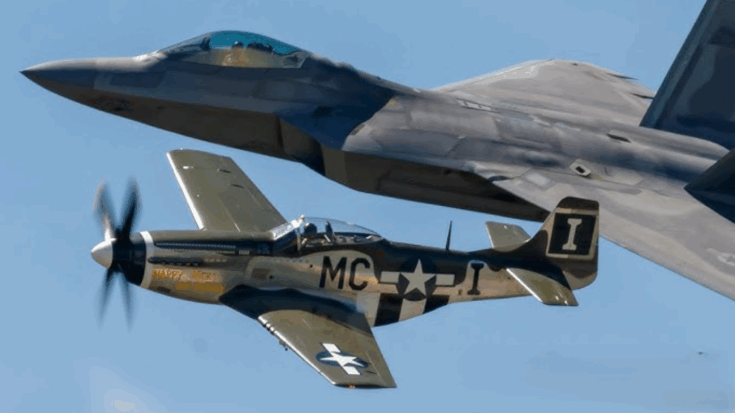
AirshowStuffVideos / YouTube
A Sky Out of Time
In the thick of the Second World War, the sky roared with engines. Hundreds of piston-driven fighters and bombers filled the air, their pilots trusting in tight formations, numbers, and courage. These men believed their machines were the peak of technology. Yet imagine if, in the middle of that chaos, a single aircraft from the 21st century appeared—a machine so advanced that the pilots of the 1940s would see it as something almost unreal.
That aircraft would be the F-22 Raptor. Built decades after the war, it represents the height of modern air combat. Its design allows it to fly faster, higher, and deadlier than anything from the 1940s. Its supersonic speed exceeds 1,700 kilometers per hour, and it can cruise at that pace without using afterburners. In contrast, the best fighters of the war—such as the Spitfire, Mustang, and Zero—barely reached 530 kilometers per hour.
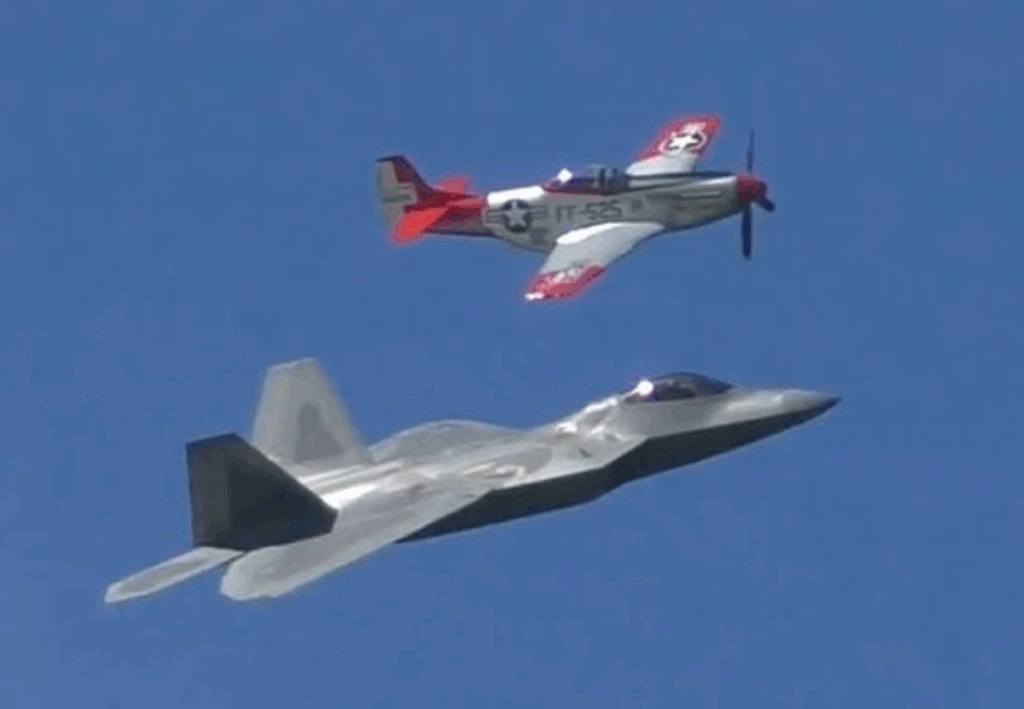
The Invisible Hunter
The Raptor’s radar is so advanced that it can track several dozen targets at once, detecting them long before being seen. For pilots of the past, who relied on eyesight and radio calls, such a tool would seem like science fiction. The Raptor carries six radar-guided missiles for long-range kills, two heat-seeking missiles for close engagements, and a 20-millimeter cannon capable of firing up to 100 rounds per second. Each weapon is designed for precision and speed, turning every engagement into a one-sided hunt.
Now imagine 300 WWII fighters—Zeros, Messerschmitts, and Hellcats—taking off to confront this lone opponent. They fly in disciplined formations, confident that numbers will prevail. But somewhere above them, unseen and silent, the F-22 locks its radar onto the first wave. The pilot selects a group of targets and launches a missile. Seconds later, fire blossoms across the sky as aircraft vanish before anyone understands what happened.
Shock and Chaos in the Air
For the WWII pilots, it is a nightmare beyond comprehension. They cannot see their attacker, and their guns cannot reach him. The Raptor circles high above, firing another salvo. Entire squadrons disappear. In confusion, the surviving pilots scan the clouds, searching for an enemy they cannot find. When the Raptor descends to attack with its cannon, even a few well-aimed bursts turn aircraft into burning wrecks.
Yet the defenders have one advantage—numbers. Hundreds of planes fill the air, and every turn forces the F-22 to make choices: engage fighters, chase bombers, or dodge through gunfire. The longer it stays, the faster its fuel burns. The Raptor dives, climbs, and turns with unmatched agility, but in 1940s skies there are no refueling tankers or maintenance crews waiting below. Every second spent fighting brings it closer to running dry.
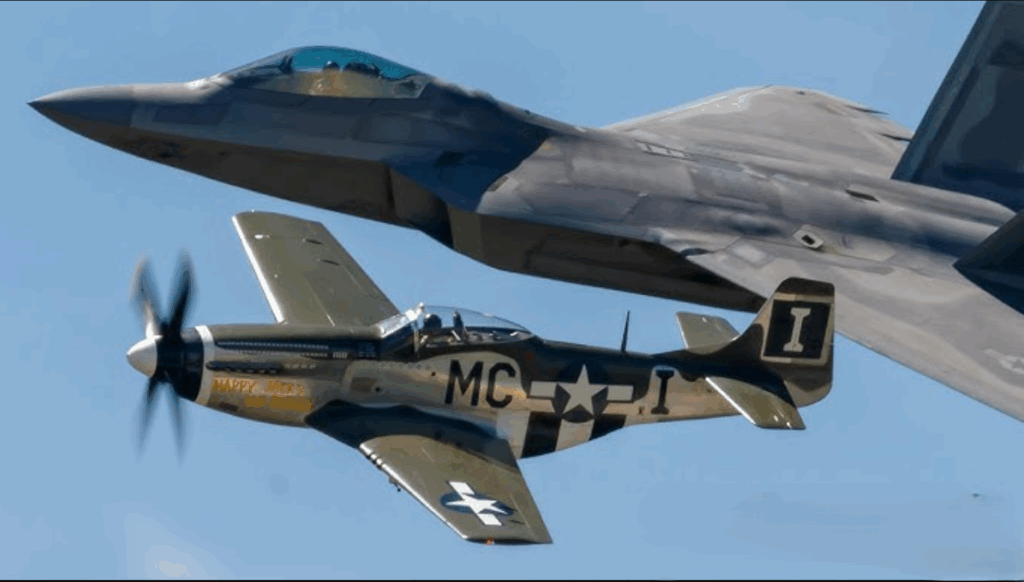
When Power Meets Limits
Missiles spent, the pilot switches to the cannon. Now the battle closes in. Around him, dozens of slower aircraft swarm together, forming a wall of gunfire. Their bullets are weak, but a single lucky hit could cripple the Raptor’s controls. The modern pilot maneuvers sharply, climbs high, and dives again, tearing apart formations. Explosions scatter the attackers, but more appear from the horizon.
For every ten the Raptor destroys, another fifty rise to take their place. Its firepower is unmatched, yet its resources are finite. The radar still marks dozens of targets, but the ammunition is nearly gone. The pilot chooses his last targets—slow bombers and torpedo planes—and fires short bursts. Flames and debris trail across the sky. Still, the air is thick with enemies.
The Machine Out of Its Era
The Raptor’s power depends on the world it came from—jet fuel, advanced maintenance, and logistics. In the 1940s, none of these exist. As the gauges drop and the last rounds are fired, the pilot makes his final decision. He breaks off and heads for the nearest airfield. When he lands, stunned mechanics stare at the sleek shape of the unknown fighter. They have never seen anything like it, nor do they have the tools or fuel to make it fly again.
In the end, the 21st-century fighter could destroy dozens, maybe hundreds, but it cannot stop the swarm alone. Against 300 planes, even the most advanced aircraft on Earth faces a limit that no technology can erase.
